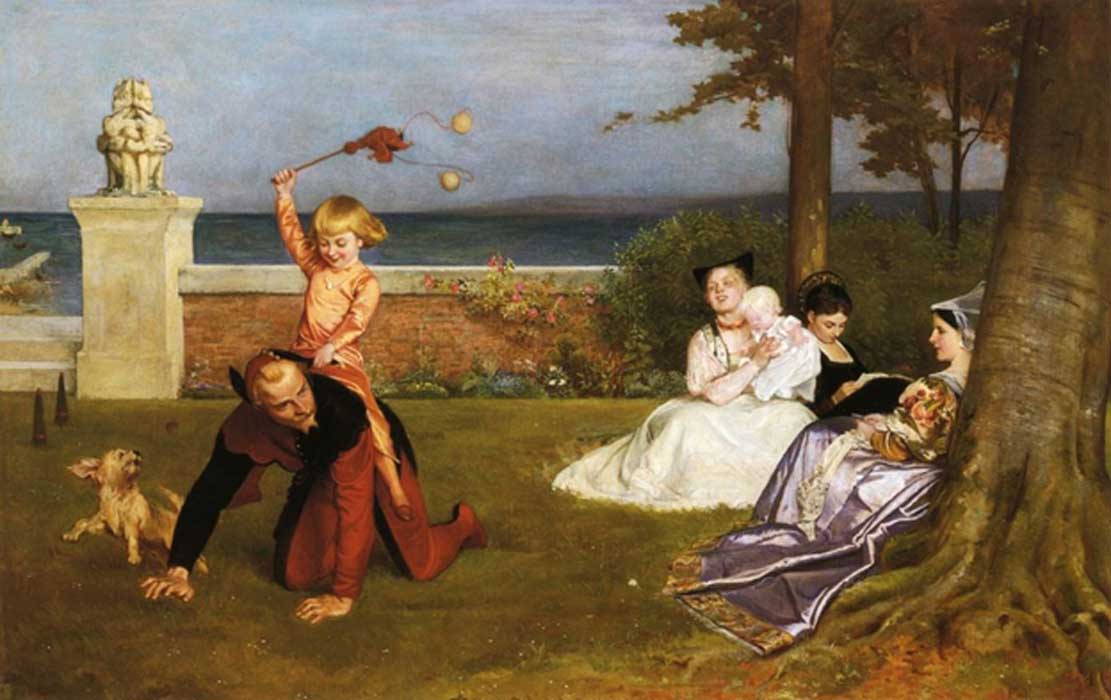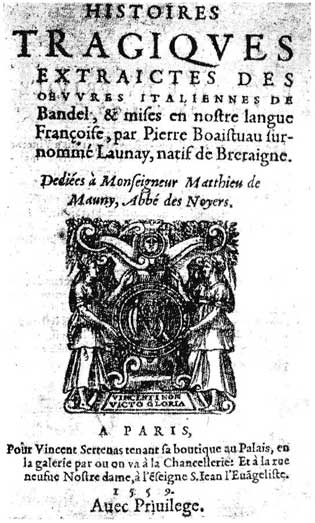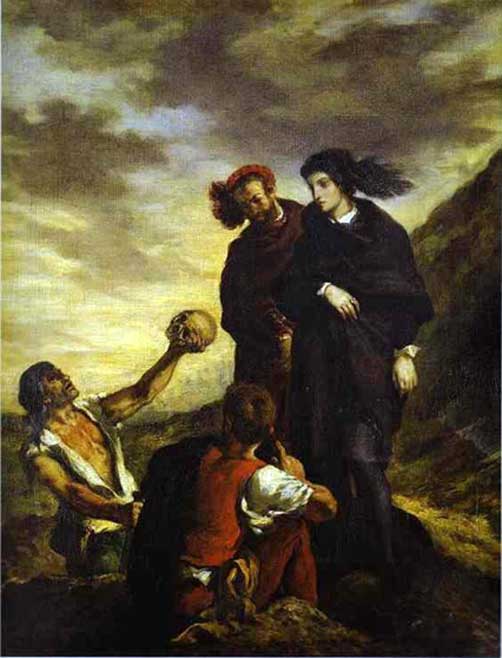
The Princes and Heroes Behind Shakespeare’s Hamlet, The Mad Prince Who Murdered His Uncle to Avenge His Father
The Tragedy of Hamlet, Prince of Denmark, is a play written by William Shakespeare sometime between 1599 and 1602. Set in Denmark, the play dramatizes the murder of king Claudius by his nephew, Hamlet, who desired to avenge the death of his father. Hamlet is generally considered to be one of the most powerful and influential works of world literature. However, despite its literary and dramatic accolades, the play is not the result of Shakespeare’s original creativity. The story of Hamlet originally appeared in ancient Scandinavian folklore, which was passed down by word of mouth for generations. The first known physical copy of the story in writing appeared in the 12th century AD, by Danish historian Saxo Grammaticus, in his 16-volume record of Danish history, Gesta Danorum (Deeds of the Danes).

Belleforest’s Histoires Tragiques de Bandel (Public Domain)
Evidently, the story of Amleth was already popular even before Shakespeare wrote his play. As Saxo Grammaticus’ Latin version was not translated into English for centuries after Shakespeare wrote his play, it is unlikely that Shakespeare could have read Saxo Grammaticus’ version firsthand - unless, of course, he was highly proficient in Latin. However, Shakespeare may also have read a French adaptation of François de Belleforest’s Histoires Tragiques (Tragic Histories), first printed in the early 1570s. This would have been more likely as, although the story itself was fairly accurate compared to its Latin predecessor, Belleforest embellished Saxo Grammaticus’ text and introduced the hero’s characteristic melancholy.
The Story of Amleth, the Real-Life Prince of Denmark
When Gervendill, the governor of Jutland died, he was succeeded by his sons Horvendill and Fengo. Horvendill killed Koll, the king of Norway and, on his return, married Gerutha, the daughter of Rorik Slyngebond, king of Denmark. Gerutha bore him a son. This son was known only by his nickname, Amleth. However, Horvendill’s brother Fengo murdered Horvendill out of jealousy and persuaded Gerutha to become his wife, by claiming that he had committed the crime to avenge her of a husband who had hated her. Amleth, who by this time was already a young man, feared he would share his father's fate and pretended to be a madman. He clothed himself in rags and spouted nonsense to shield himself from his uncle’s violence. In fact, the name Amleth itself means ‘stupid’.
- Is the Skull of Shakespeare Missing from His Grave?
- Who Killed the King? Was it Eochaid the Slayer? An Ancient Irish Murder Mystery
- From Olafir Thick-Legged to Ragnar Fur-Pants, Viking nicknames were colorful, descriptive and fascinating
Amleth’s behavior raised suspicion in his uncle Fengo, who attempted to trap him into admitting that he planned to avenge his father. Fengo first used Amleth’s beautiful foster sister to lure him into betraying himself. However, the girl proved to be loyal to Amleth. Fengo then planted a spy to eavesdrop on Amleth’s conversation with his mother, in which Amleth confessed his plans for revenge. Fortunately, Amleth detected the spy, killed him in a mad frenzy and threw his mutilated body in a sewer, to be eaten by pigs. In a final desperate attempt, Fengo then sent Amleth to England with two escorts carrying a sealed letter directing the King of England to execute him. Again, Amleth anticipated this plan. He switched the letter with another, which ordered the death of the escorts. He also asked for the hand of the Princess of England in marriage for good measure.

Hamlet and Horatio in the Graveyard by Eugène Delacroix (1798–1863) (Public Domain)
Amleth returned to Denmark with his new wife and arrived just in time for a funeral feast held to celebrate his supposed death. During the feast, Amleth plied the courtiers with wine and then promptly killed them in their drunken sleep by fastening them to woolen draperies of the hall with pegs he had sharpened during his feigned madness. He then set fire to the palace. Amleth killed Fengo with his own sword and was proclaimed king. Returning to Britain to fetch his wife, Amleth found that his father-in-law and Fengo had sworn a pact to avenge each other's death. Unwilling to personally carry out his pledge, the British king sent Amleth as a proxy wooer for the hand of Scottish queen, Hermuthruda. The plot thickened as Hermuthruda, who had put all of her former wooers to death, fell in love with Amleth and married him. On Amleth’s return to Britain, his first wife told him of her father's intended revenge. In the ensuing battle, Amleth won the day by displaying the fallen dead on stakes and thus terrified the enemy. Amleth then returned to Jutland with his two wives and encountered the enmity of Wiglek, Rorik’s successor. Amleth’s luck had run out and Wiglek slayed Amleth in battle. Although Hermuthruda had vowed to die with her husband, she consented to marry Wiglek after her husband’s death. Amleth was buried on a plain in Jutland. Wiglek later died of illness but he was the father of Wermund from whom the royal line of Kings of Mercia descended.
The Legend of Amleth is Much Older than Gesta Danorum
The first books of the Gesta Danorum discuss the distant and mythical past - in fact, a dragon fight that occurs in Book II does not seem out of place. The story of Amleth fits into this legendary section of the text. Saxo Grammaticus argues for the historicity of these stories by attributing them to sources. The Preface gives credit to sources such as Danish oral tradition and the Tylensium Industria (‘diligence of the men of Iceland’) who pursue a steady routine of study and devote all their time to improving their country’s knowledge of history.




